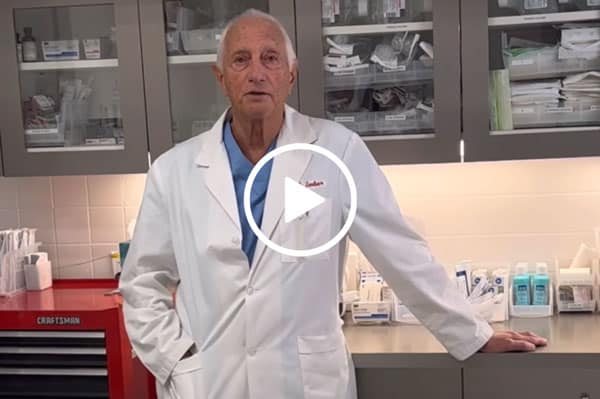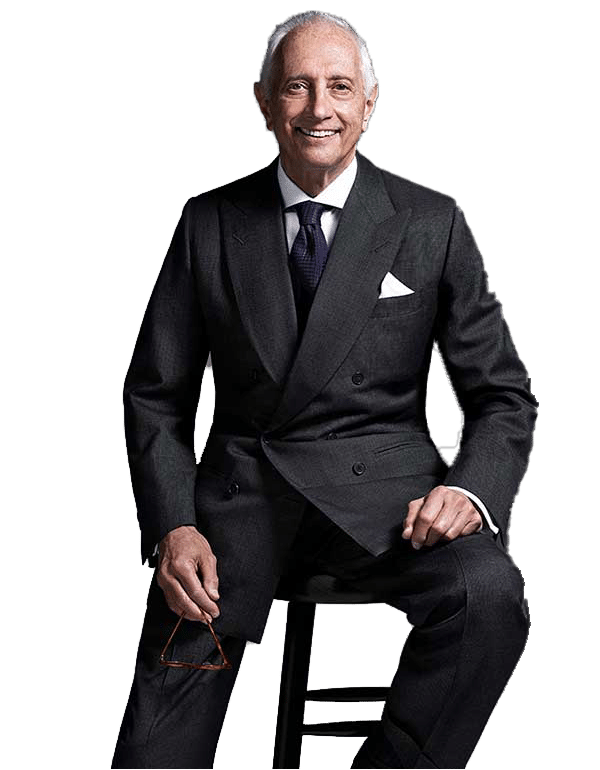Fat Transfer
Autologous fat transfer is the medical term for fat grafting. The procedure utilizes your own fat as filler. This minimally invasive procedure fills in lines and folds, builds up cheekbones and chin, and eliminates facial depressions. Fat is the perfect solution to replace exactly what has been lost.
Dr. Imber is an internationally renowned plastic surgeon and has performed over 25,000 surgical procedures. He performs a full range of cosmetic surgery procedures in his New York City practice, popularized the S-LIFT, and developed the Limited Incision Facelift Technique. He has dedicated his career to helping his patients look as good as they feel, and always strives for the most natural results.

FAT TRANSFER
Fat transfer refers to the process of transferring living fat cells from a donor area to another area that needs filling, or volume augmentation, on the same person. Some 35% of the transferred fat remains in place as a permanent natural filler. Dr. Imber firmly believes fat transfer is the best of all available fillers. With aging, we all lose and redistribute fat padding and facial volume. Autologous fat is invaluable for volume restoration, lifting and rejuvenating the face.
Fat Transfer Goals
As we age, we lose volume in our face that results in a decrease in facial angularity and a slackness, symptomatic of the older face. A fat transfer offers a solution to replace volume loss that is natural. The objective is to inject fat in a manner that allows it to develop its own blood supply and be retained for permanent correction of defects. This is the easiest of cosmetic procedures and is an excellent tool to correct skin folds and provide volume and lift.
A Natural Filler Option
Body fat makes for an excellent natural filler. Unlike dermal filler products, the fat used for a fat transfer is not artificial or synthetic. It is not infused with any other chemicals. And because the fat comes from the person’s own body, the chance of allergic reaction or rejection is incredibly low. Additionally, a fat transfer looks more natural than commercial filler.
Fat Transfer Treatment Areas
Fat transfer can address volume loss and wrinkles. Treatment areas include creases in the middle forehead, temples, tear trough, periorbital area, cheeks, nose, mouth, jawline, and chin.
Each facial feature will require a certain amount of fat. Fat transfer injections on the forehead need the most volume at 10-15 mL. Cheeks need around 1-5 mL.
Fat Transfer Donor Sites
The required fat needed for an autologous fat transfer can be harvested from areas like the abdomen, hips, inner thighs, and buttocks. Your overall fat percentage will be assessed to determine which donor site is the best for the treatment.
How is the Fat concentration Harvested?
The fat concentration needed for an autologous fat transfer will be harvested through liposuction or syringe aspiration. The treatment will require an average of 30 mL of fat, depending on the selected areas for treatment.
After harvesting fat, the fat cells will be processed in a centrifuge. This lab equipment will separate the fat cells from other components that may have been suctioned during syringe aspiration. The purified fat will then be prepared for injection.
Fat Transfer Candidates
If you are noticing facial wrinkles and folds, it is time to schedule a consultation with Dr. Imber. During your consultation, Dr. Imber will determine if you are a candidate for a fat transfer. Do not wait for the area of concern to worsen.
How to Prepare For A FAT TRANSFER
Before your fat transfer appointment, you will need to take a break from certain medications. Do not take blood thinners, non-steroidal anti-inflammatory drugs (NSAIDs), or herbal supplements for at least a week before the treatment. Avoiding drinking and smoking will also be necessary.
What to Expect During Your Fat Transfer
Fat transfer is a simple procedure and can be performed under local anesthesia, but more usually with intravenous sedation for comfort. A fat donor site is chosen, usually the thigh, buttocks, or abdomen. A small amount of fat is removed and then centrifuged to separate the oils from fat cells. The fat is then injected into the area of concern, like the tear trough, cheek, chin, lips, marionette lines and laugh lines. The entire procedure takes about half an hour.
Recovering From Your Fat Transfer
A facial fat transfer requires only minimal downtime/recovery time, making it incredibly convenient. For the best results, carefully follow Dr. Imber’s instructions for aftercare.
Everyone recovers differently. Most will be completely fine in 24 hours and can resume their daily routine with some restrictions. Slight bruising and swelling may occur.
HOW LONG DOES A FAT TRANSFER LAST?
Because fat transfer injections utilize a natural filler, the results can be 50-75% permanent depending on the location. Unlike commercial fillers that are slowly broken down and absorbed by the body over time, fat from a donor site will survive and thrive in its new location.
HOW MUCH DOES A FAT TRANSFER COST?
The total cost of a fat transfer will depend on the areas selected for treatment. Dr. Imber and his surgical coordinator will review all pricing with you during your consultation.
CONTACT US TO LEARN MORE
For more information on fat transfers with Dr. Gerald Imber, contact our office in New York City to schedule a consultation.

Fat Transfer
Videos
Words From Dr Imber!
“Fat transfer is a great operation! In my view, it is the best filler, bar none. It is natural, you can’t be allergic to your own fat, and depending on the location, a large percentage of the transplanted fat survives permanently.“
– Gerald Imber, M.D.
Fat Transfer FAQ
What Are The Benefits Of A Fat Transfer?
Dr. Imber feels that fat is the best filler, bar none. It is natural, you can’t be allergic to your own fat, and depending on the location, a large percentage of the transplanted fat survives permanently. It is a great procedure with negligible downtime, or complications.
Are There Any Non-Invasive Alternatives?
No, there aren’t any non-invasive alternatives that can replace volume loss. There are hyaluronic acid fillers that can temporarily improve the area, but a fat transfer gives the most natural results and a significant portion of the transferred fat is permanent.
Do I Need Any Special Garment Or Bindings?
No. We will provide you with everything you will need pre-and post-surgery.
Why Do I Need A Board-Certified Plastic Surgeon?
A board-certified plastic surgeon holds the highest levels of education and training needed to deliver the best results. This qualification is not easy to achieve, so by using a board-certified plastic surgeon, you also know they meet the standards of the American Society of Plastic Surgeons.
Will There Be Any Scarring?
No, there won’t be any scarring with a fat transfer.
How Much Does A Fat Transfer Cost?
Any questions you have regarding procedure cost and payment options can be discussed during your consultation at Dr. Imber’s office.
What is Our Pledge on Before & After Images?

We Offer Concierge Services
We want to make sure you are comfortable every step of the way, from managing your stay in New York City if you are out-of-town to Post-Surgical Care and more.
Our concierge services include but are not limited to:
- Accommodation Coordination with the finest New York City Hotels
- Medical Photography
- Medical Clearance
- Private Duty Nurses and Escorts Post-Surgery
- Transportation Post-Surgery
- Pre- and Post-Operative Care
Related Procedures
Conveniently located to serve New York City.

Dr. Gerald Imber
Dr. Gerald Imber is a board-certified, world-renowned plastic surgeon and strives to provide his patients the most natural results with the least invasive surgical techniques. He is recognized by US News and World Report and Castle Connolly as among the top 1% of plastic surgeons in the United States, on the staff of the Weill Cornell Medical Center, and directs his private surgical practice in New York City.
Dr. Imber has among the largest experience in facial rejuvenation and the prevention of facial aging. He has pioneered many less invasive surgical procedures that are now considered the gold standard among plastic surgeons, such as microsuction, a modified form of liposuction, to remove early jowls and tighten jawline, the extensive use of rejuvenating fat transfers, and the Limited Incision Facelift Technique, or Short Scar Facelift, a modern, less invasive facelift technique.
Dr. Imber performs a full range of cosmetic procedures, surgical and non-invasive, at his Manhattan office, including body, breast and nasal surgery, as well as facial reconstruction following Mohs micrographic surgery.



